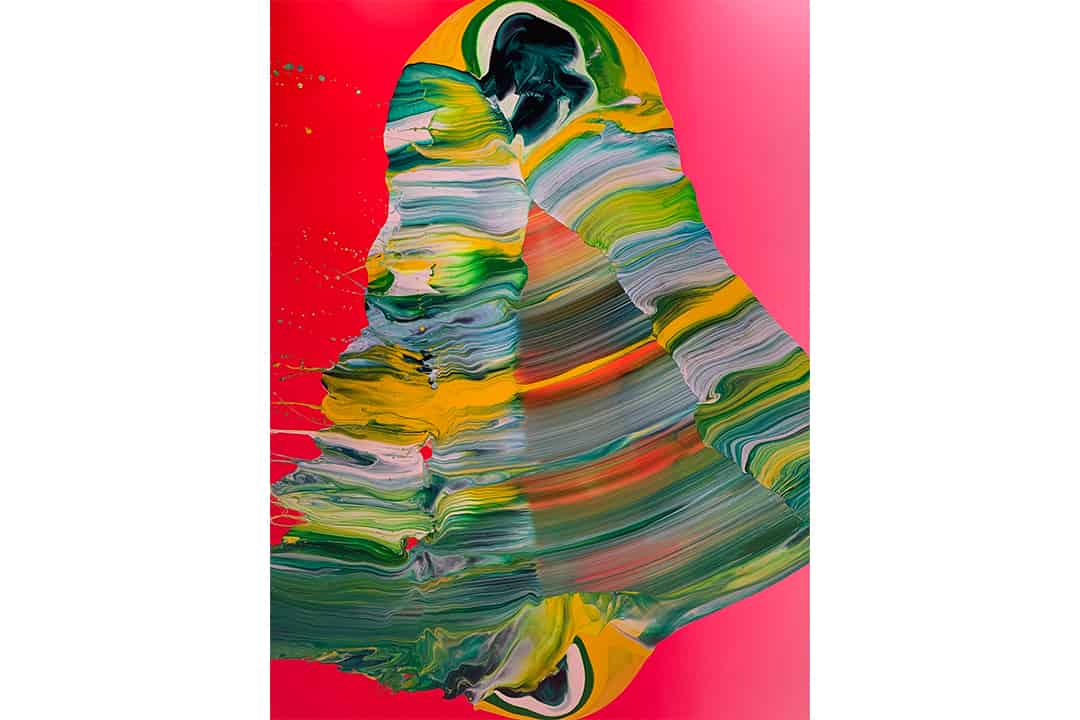Colours hold a kind of emotional symbolism when depicted in visual art. In a study published in the Journal of Vision, postdoctoral researcher Claudia Damiano at Katholieke Universiteit Leuven in Belgium and her colleagues found connections between emotional expression and colour and line in visual art. The Varsity interviewed one of the researchers on the study, Dirk Bernhardt-Walther, an associate professor in the Department of Psychology at U of T.
This study had two primary aims: to explore how students use colour and line to express basic emotions and whether non-artists express their emotions with certain colours like trained artists do. The researchers sampled just over 80 students from the Ontario College of Art & Design (OCAD) University and U of T and asked them to create abstract drawings that depict six basic emotions: joy, anger, disgust, sadness, fear, and wonder.
One group consisted of 40 artists recruited from OCAD University, with an average age of about 24 years. Another group from U of T consisted of 41 non-artists with an average age of 24 years. The artists had formal art training or were in an art-related program, while the non-artists were students in STEM programs.
The researchers compared participants’ accuracy in predicting which drawings represented each emotion category to that of a computer algorithm. The algorithm’s prediction accuracy of the emotion that each type of artwork conveyed was higher for colour drawings than line drawings.
Computational algorithms and human participants could accurately guess emotions conveyed from colour and line drawings. The study implies that people use similar features as the computer algorithm to infer emotions from colour drawings. The algorithm also showed how non-artists used colour to convey emotions compared to artists.
The study explored a parallel question — whether artists or non-artists were better at illustrating their emotions and how accurately a separate viewer deduced these emotions. The researchers found that the non-artists effectively communicated their emotions better, or at least in more conventional ways that could be deduced, compared to artists.
Bernhardt-Walther said that this result is interesting because artists tend to use artistic license when working with lines and colours. He said it’s a little harder to recognize emotions depicted by artists than depictions by non-artists because artists tend to want to be unique.
He adds, “[Artists] know the conventions, but they want to pick out of the convention every now and so often, so there’s more variability.” While non-artists generally have a common understanding of correlating basic emotions with basic colours, artists tend to go outside the box.
The results show that all of the abstract drawings that participants made convey certain basic human emotions based on their visual features — which is what we, as observers, use to understand the intended emotional connotations of abstract visual art. Bernhardt-Walther said, “The take-home message is that we… can effectively communicate emotions through visual depiction.”
The research suggests an evolutionary link between contour features, such as smooth long lines or short angular lines, and emotional judgment. The study by Damiano, Bernhardt-Walther, and their colleagues suggests that certain contour features carry positive or negative associations, but there’s a lot of room for researchers to further investigate the nature of these associations. Angular contour lines, for instance, are perceived as threatening because they signal dangerous, sharp stimuli like thorns or fangs. On the other hand, symmetry and repetitive patterns hold a positive aesthetic association for the viewer.
Bernhardt-Walther said that the 2015 children’s movie Inside Out is a good example of how colours can be associated with certain emotions. Much like the movie’s characters — Joy, Disgust, Anger, Sadness, and Fear — some of the most basic examples that the study found were that participants connoted anger with red and sadness with blue in their artworks.
He also added that sometimes these colours tend to physically manifest on our faces. If someone is sick or nauseous, he said, their complexion may turn a shade or have an undertone of green, or even yellow. We can even detect angry expressions when a person’s face turns red or purple due to the blood flow.
Currently, Damiano, Bernhardt-Walther, and their colleagues are looking to repeat this research with children and collaborators of different ages who don’t have as much cultural and social exposure to what colours tend to represent.



No comments to display.